Couple list off-grid cabin northwest of Las Vegas for $850K — PHOTOS
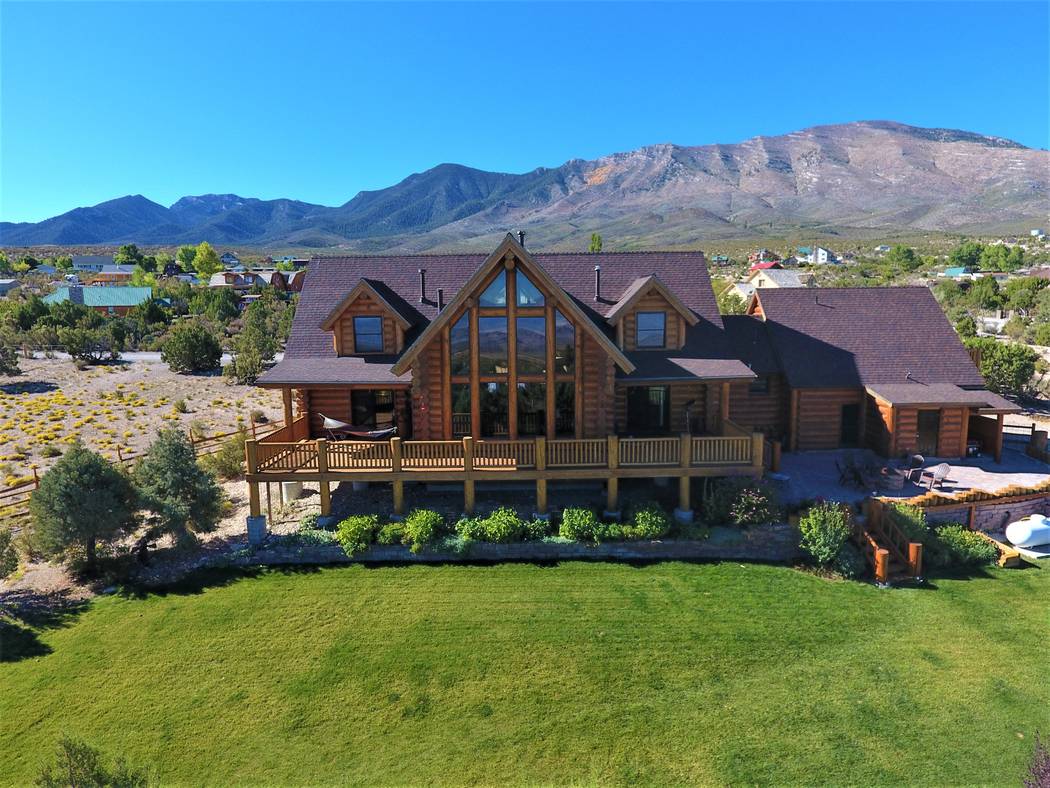
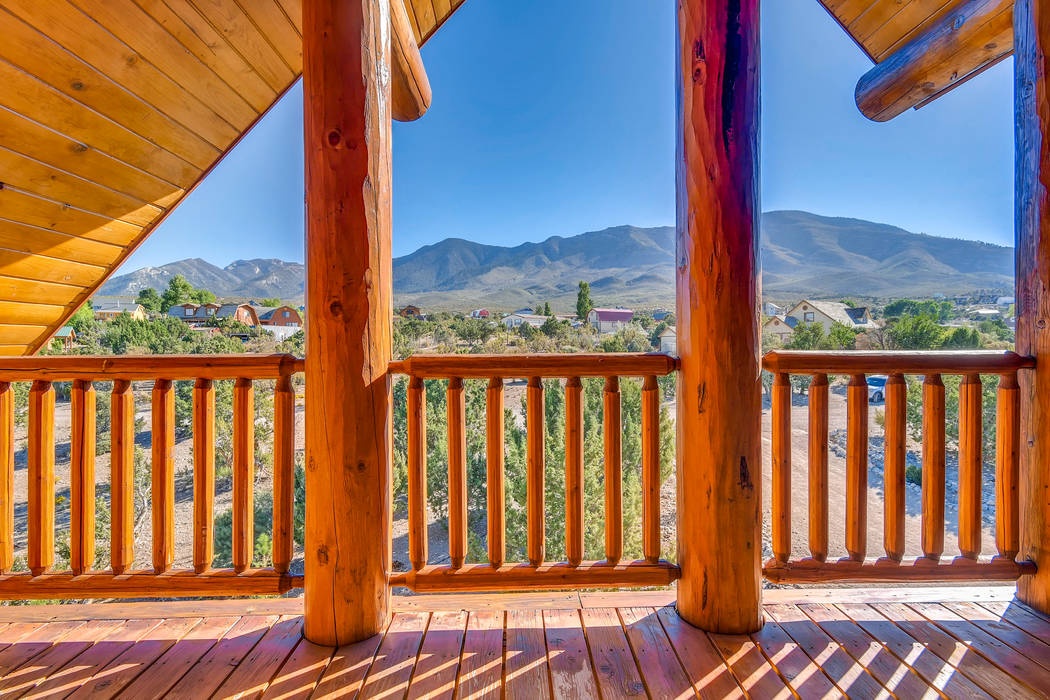
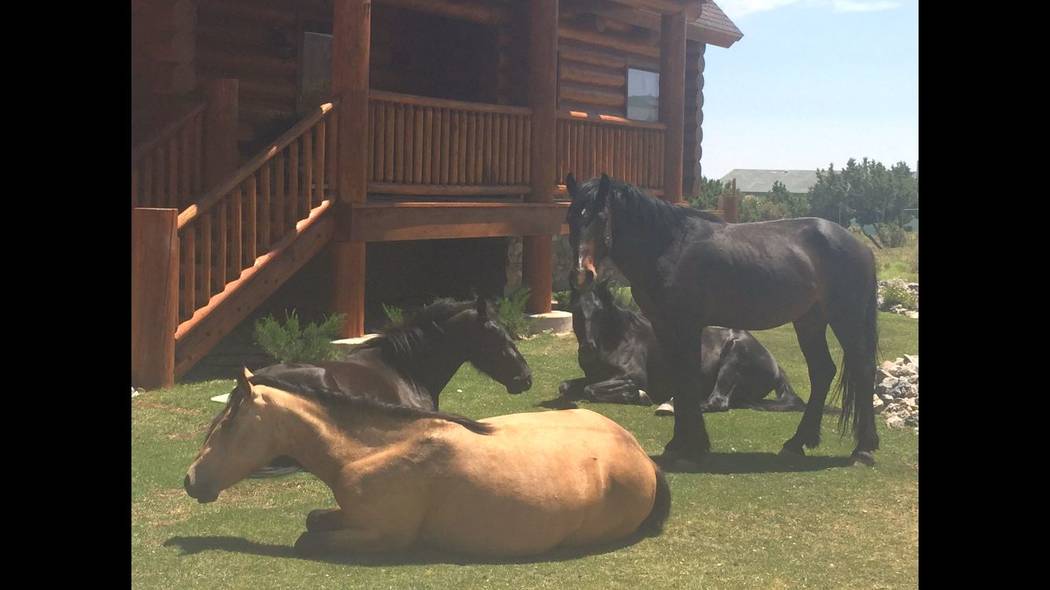
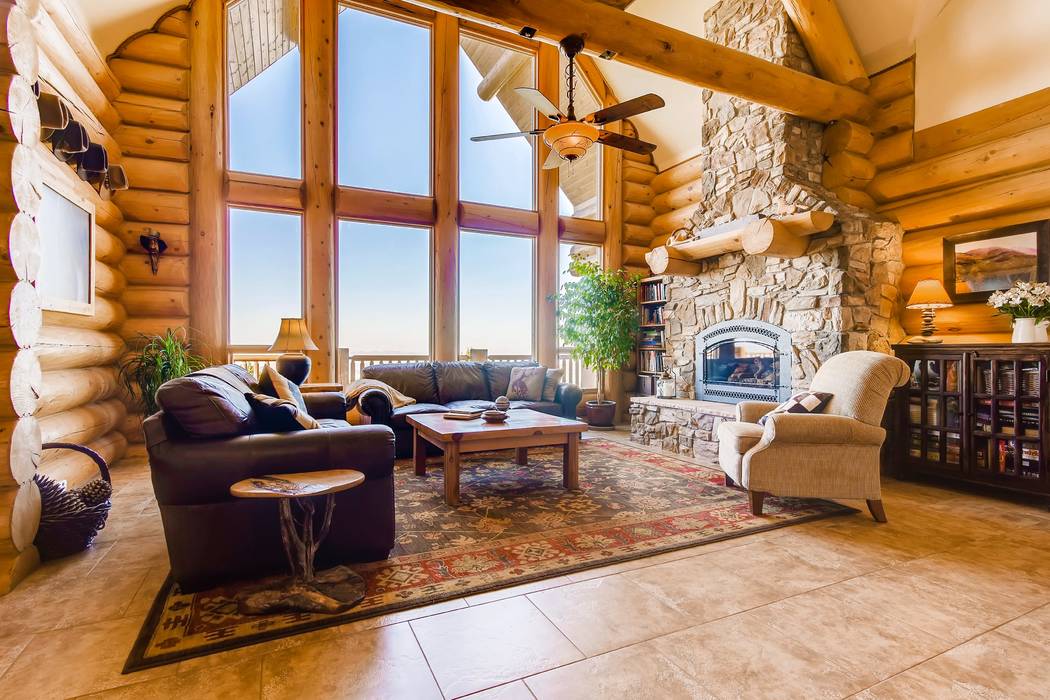
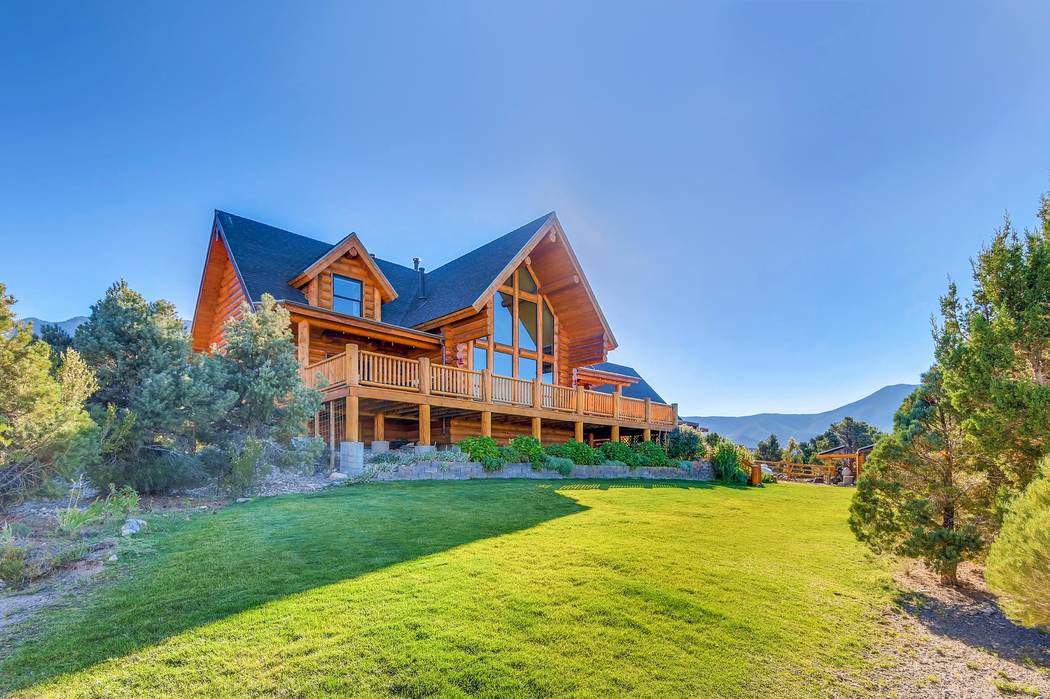

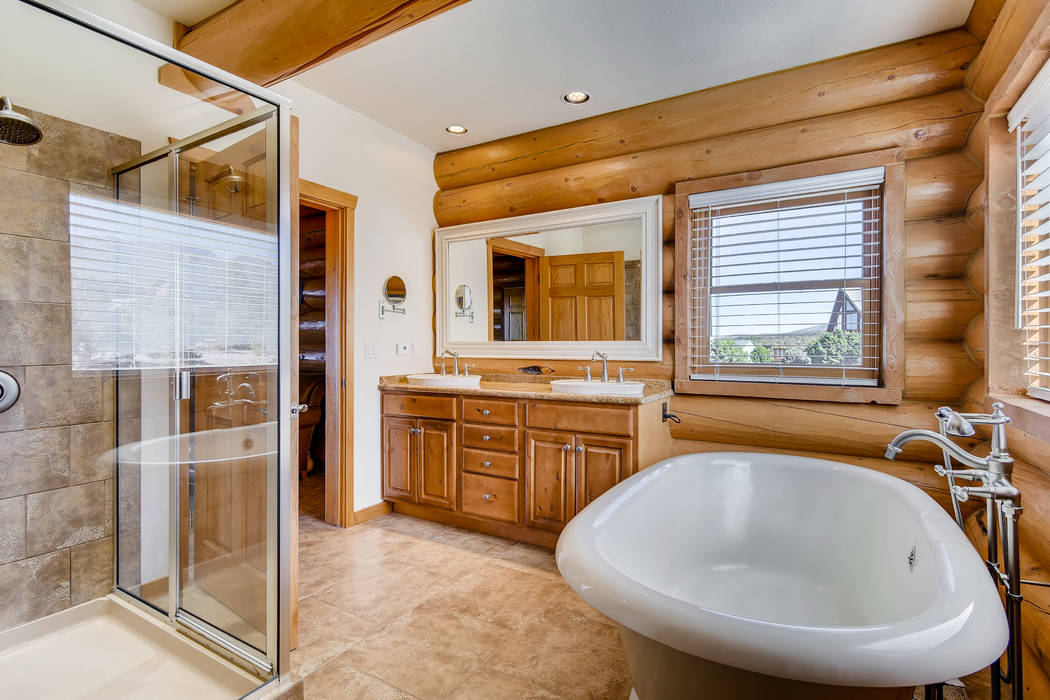
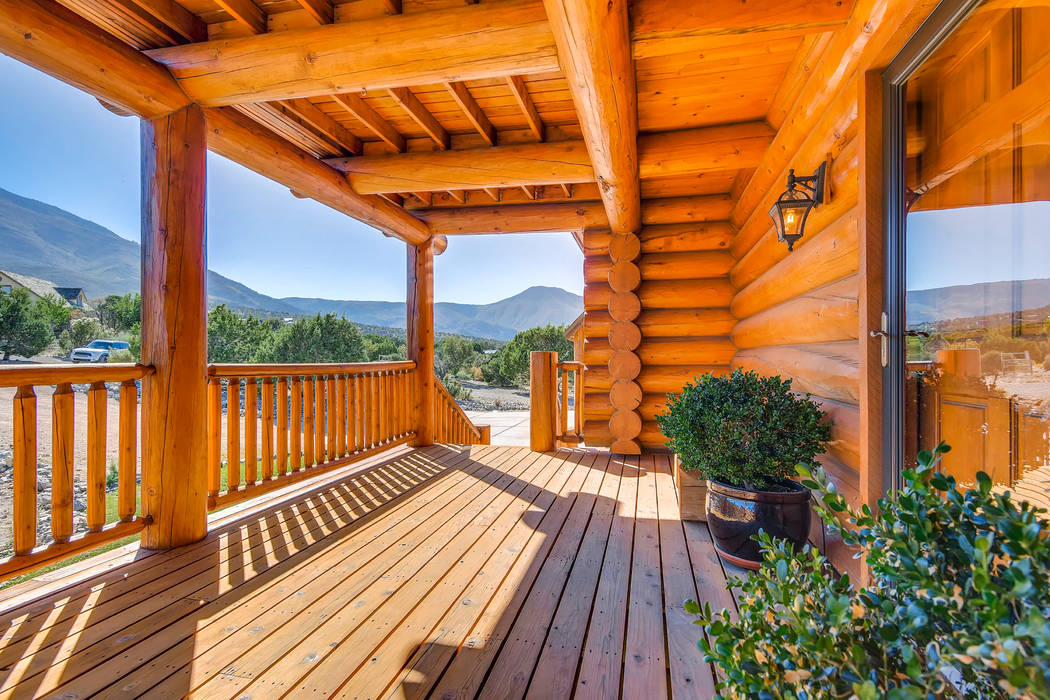
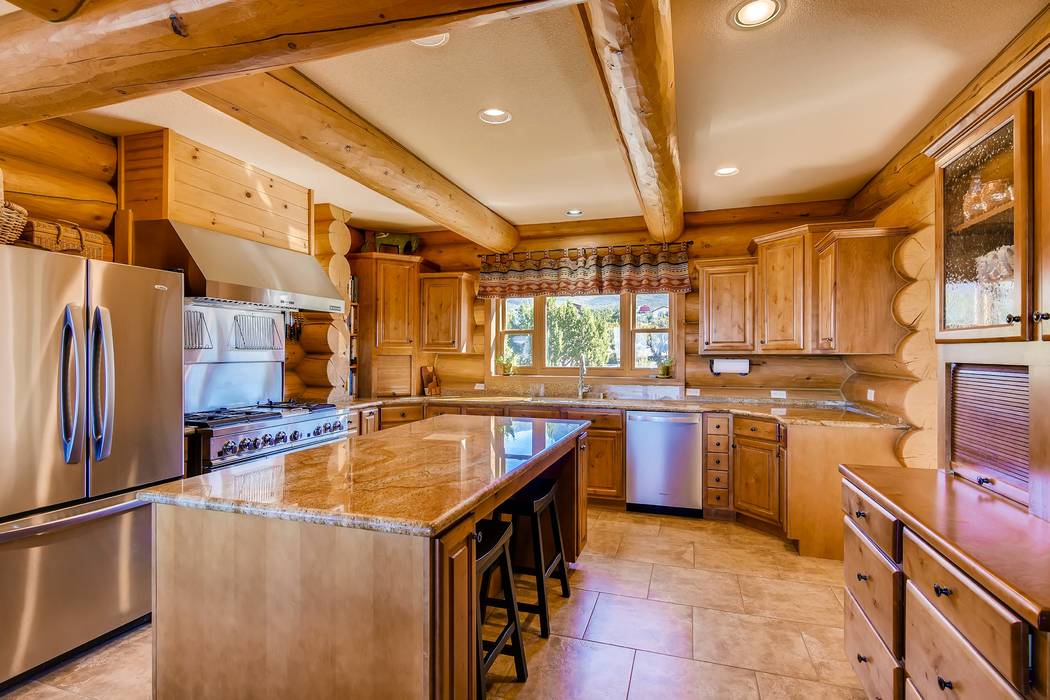
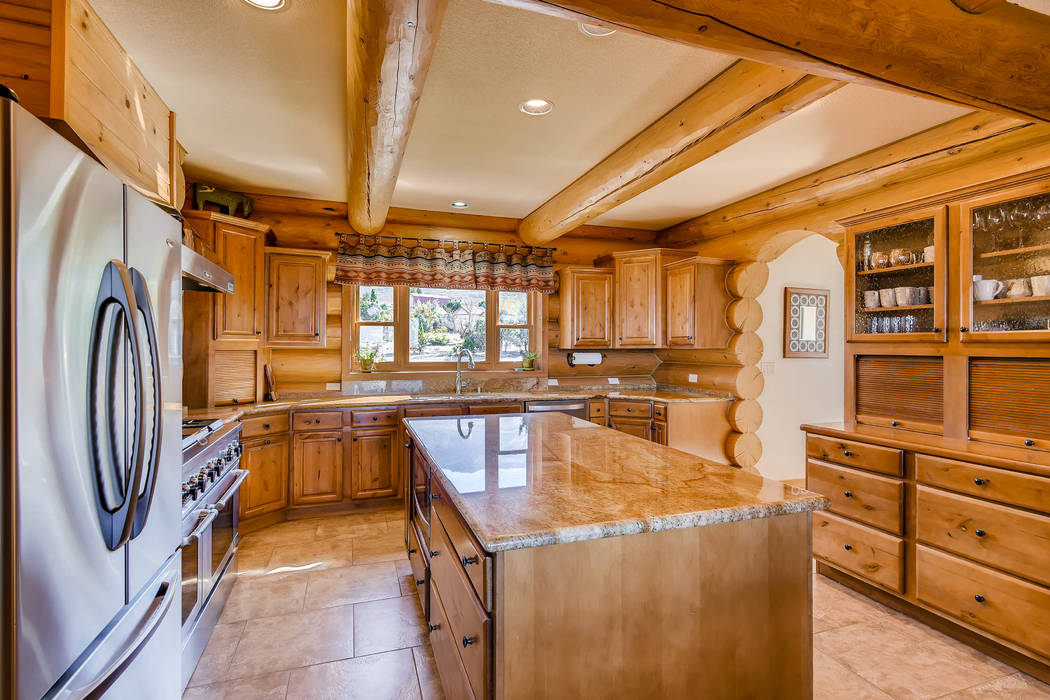
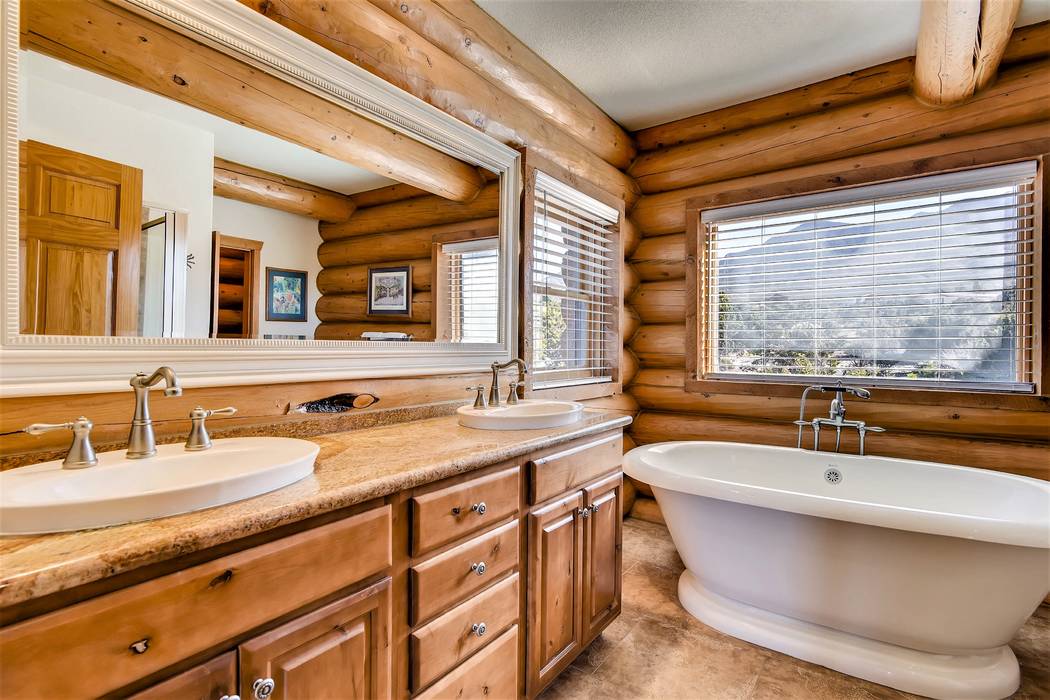
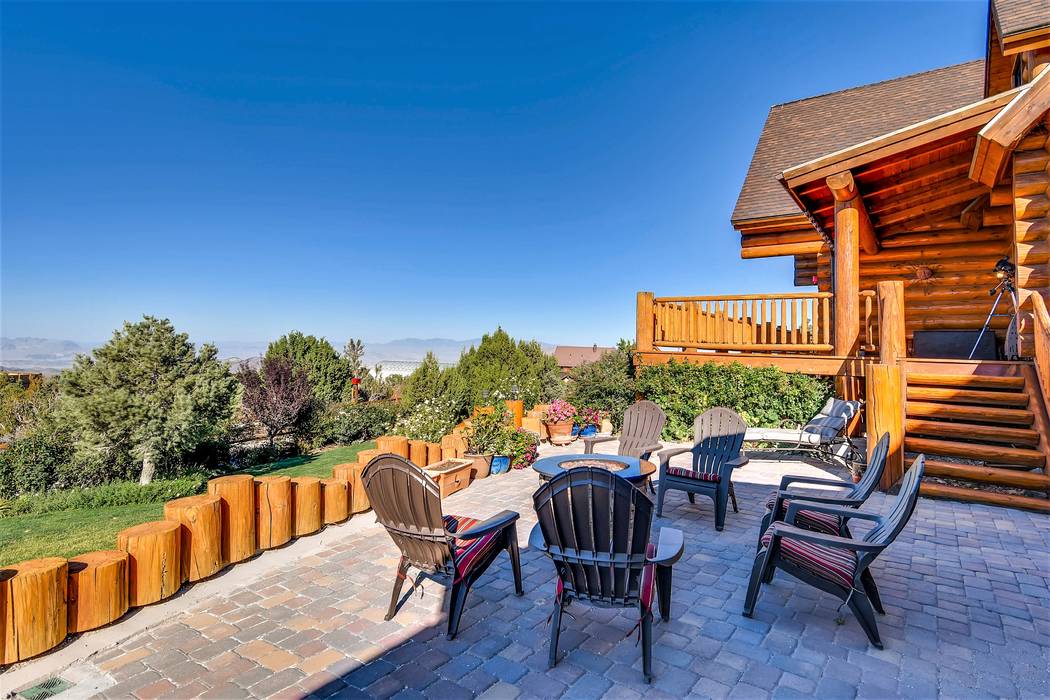
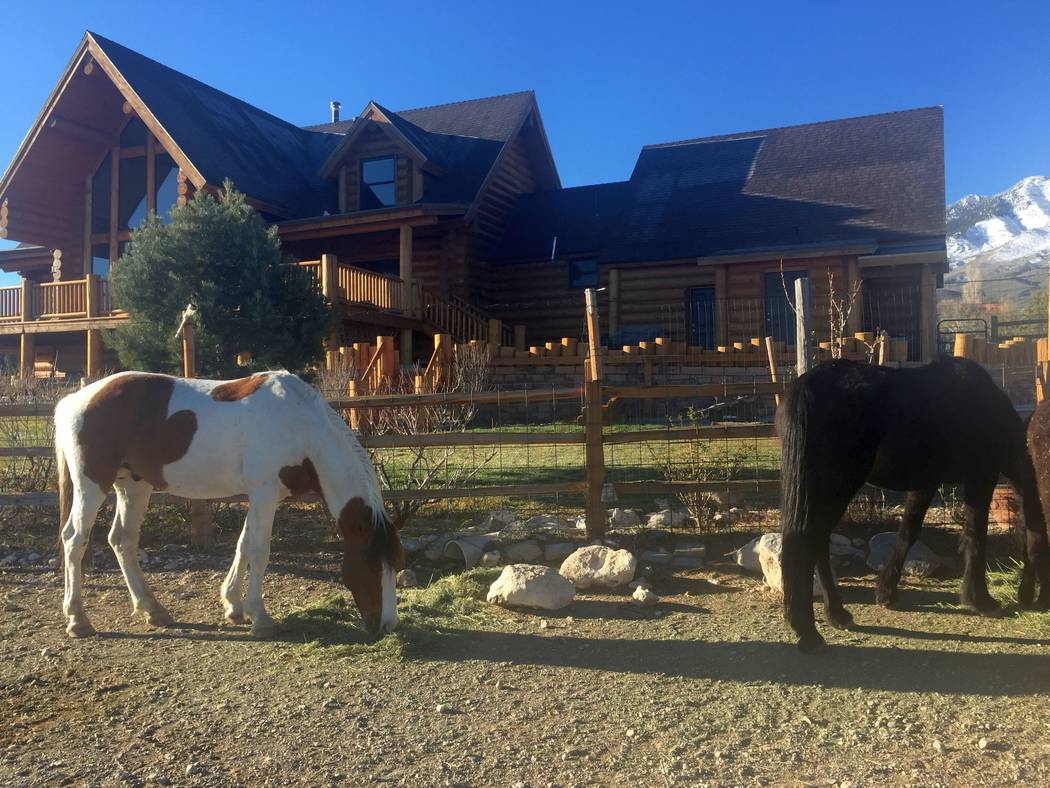
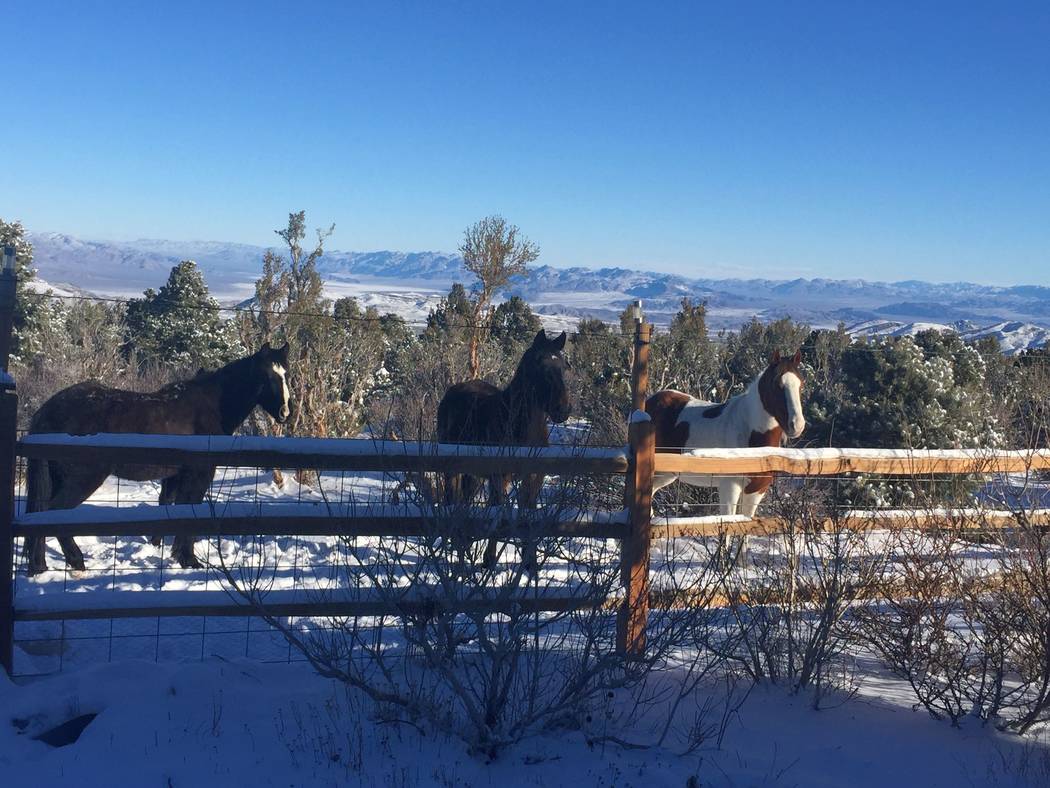

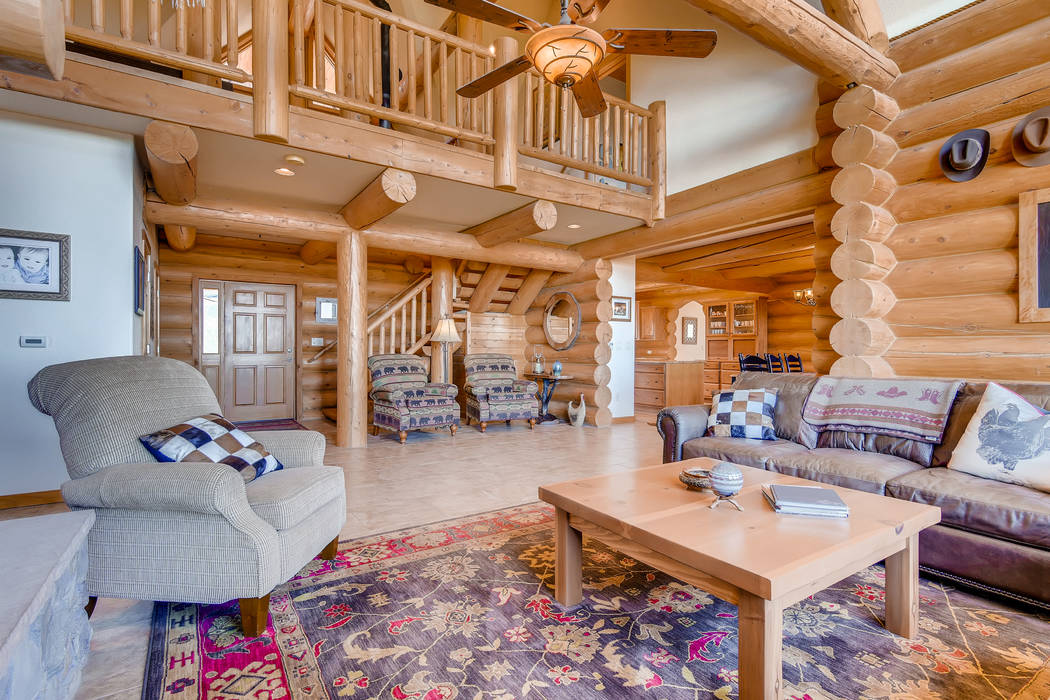

Richard and Tonia Birt wanted to experience nature in their daily lives.
They did that 13 years ago by building a log cabin home in Cold Creek Canyon, about 45 minutes northwest of Las Vegas. Now, they have listed their home for $850,000 as they both move closer to retirement and are relocating outside of Nevada.
Richard, a native of England, has worked as a captain with the Las Vegas Fire Department for 18 years, and Tonia is a retired nurse. They have 12-year-old twins, Emily and Spencer.
The couple, who moved to Las Vegas from Ohio in 2000, were living in the Willows in Summerlin because it was on the outskirts of Las Vegas, and they both loved the outdoors and hiking.
“It was the last development going west in the city, and I remember walking the dog and there was a massive sign in the ground about the development that was coming,” Richard said. “We liked living on the fringes. We liked access to Red Rock and the outdoors because we’re outdoors people.”
So they wouldn’t lose that experience, they decided to move farther away from the city. The location came together one weekend when they stayed at a friend’s log cabin home in Cold Creek Canyon.
“We knew as soon as we came up and stayed in our friend’s little log cabin and walked around the community, we definitely knew we wanted to build a log house,” Tonia said. “It would have been easier to buy an existing house, but we knew what we wanted, and that started the whole process.”
They soon bought a 1-acre lot, sat down with a log home company and started designing the home.
“We enjoy being in nature, and to me being on the side of a mountain was just the right fit and right feel,” Richard said. “Working in the city on a firetruck and leaving work and literally pulling up to the house to see two or three wild horses laying in the yard and hearing elk and deer, you’re living in a different world after being in the car for 45 minutes. You’re able to walk out your front door and hike.”
Cold Creek is a community in the Spring Mountains surrounded by a national forest and federal land and a place the couple said was a horse and cattle ranch divided into lots decades ago.
What’s unique about Cold Creek is there are no power lines to provide electricity. The utility lines stop at U.S. Highway 95 at Cold Creek Road with about 15 miles of open desert before reaching the hillside community, which has about 100 homes, of which 60 to 70 are occupied full time.
There is a mixture of people from families who send their children to school in Las Vegas or Indian Springs. There are people who drive to work to Las Vegas, retirees and those who live in Cold Creek on the weekends.
“When we first moved up here, it was most retired people and a couple of families, and we were one of the few,” Richard said. “Now, there are a lot of families.”
The community has an elevation of about 6,500 feet and temperatures are about 20 degrees cooler from most of Las Vegas. Their home is just below the snow belt, which starts about 7,000 feet, and when Mount Charleston gets a foot of snow, they get 2 inches, Richard said. He said it can snow in early October and as late as May. The biggest amount they have ever gotten was 18 to 20 inches.
“We will have a big snowstorm, and 24 hours later it’s bright and sunny,” Tonia said.
It doesn’t get much hotter than the low 90s in the summer, Richard said.
“There’s such a temperature difference in the summer when it’s 115 in Vegas,” Richard said. “I will drive up the hill, and it will be cool. We don’t even have air conditioning in the house. We use evaporated cooling.”
Richard said they stayed in a lot of lodges and on hiking trips, and they knew what they wanted. He said they worked with a log home company, served as their own contractor and got the home completed in less than a year.
“It just seems to fit up here in our environment,” Tonia said. “Even though it looks large from the outside, it feels cozy. My parents had a long cabin in Ohio, and I knew about that and appreciated theirs and in the process of researching them and different kinds of logs and where they come from, I fully appreciate how the house was built.”
The 13-inch logs were from trees in the Canadian Rockies that are hundreds of years old, Richard said.
Each log is the exact dimension of the length of the house. He doesn’t know the number but had a half-acre of logs on his lot for staging.
“There are no butt joints,” Richard said. “Usually, when they build log homes, you have 8-foot, 10-foot or 12-foot span of logs, and if you need a 24-foot span, you have to join them together. These were massive trees when they were alive. These were huge living giants.”
The two-story home measures 3,000 square feet and has a cozy, lodge-type feel. It has four bedrooms, 4½ baths and a two-car garage.
“We framed a miniature first floor with 2-by-6s because of the logistics of running wires and plumbing,” Richard said. “You have to build the space for that in a log home. In a traditional home, you frame them and run everything in the walls.”
The master bedroom is on the first level, and the great room with kitchen and living room is open with a den tucked above. The children’s bedrooms are on either side of the upstairs, and a guest bedroom is over the garage.
“It’s a good living space,” Richard said. “I have family from Europe who come and stay, and we can comfortably get a nice group here. It’s cozy and very livable.”
Many Cold Creek homes over the years have relied on the use of diesel generators for their power, but Richard said he started reading books, talking with neighbors and educating himself on how to build a home using renewable energy.
When you’re building a home and don’t have electricity, you have to change your mindset, Richard said. The solar industry wasn’t as far along 13 years ago as it is today, and he was on his own in figuring out how it would work with his home.
Richard said he taught himself about what components he needed, ordered them and set up the system. The solar panels on the home provide the power during the day, and they charge the batteries that provide power at night, Richard said.
There’s a community well with water is so pure that the home doesn’t need an in-house filtration system, Richard said. Propane gas is used for fireplaces, cooking, the water heater and dryer. The property has a septic system, making it “completely self-contained,” he said.
Richard said they’re selling because he is nearing retirement and the couple are thinking about relocating to Oregon. They have no plans to build another home but might buy an existing older 1920s Craftsman home, remodel it to do something different and have another challenge.
Richard has used his log cabin experience to volunteer and teach about renewable energy and putting in systems for police, fire and medical facilities. He has traveled to Puerto Rico to volunteer for the nonprofit Empowered by Light.
“I know every square inch and design of that home, living with nature and living with renewable energy,” Richard said. “It opened a world to me I didn’t know about in my 28 years in fire service.”
About the home
Price: $850,000
Location: 17 Timberline Drive, Cold Creek
Size: Lot size 1.04 acres, 2,863 square feet, two stories, four bedrooms, 4½ baths and 2-car garage
Features: Off-grid log cabin home in Toiyabe National Forest, 13-inch logs with floor-to-ceiling fireplace, front and rear decks, covered patio, solar-energy system.
History: Built in 2006
Builder: Designed and built by owners, Richard and Tonia Birt.
Realtor: Angie Tomashowski, Mt. Charleston Realty, Inc












